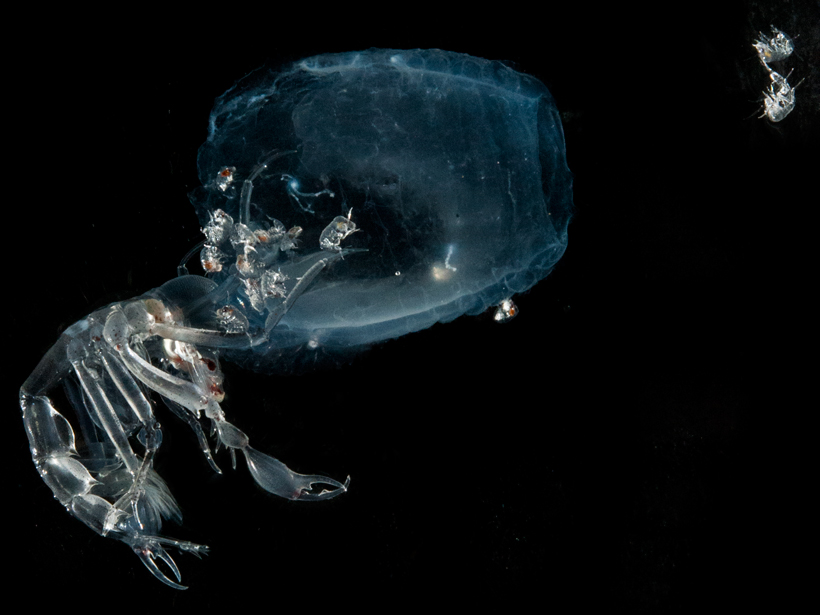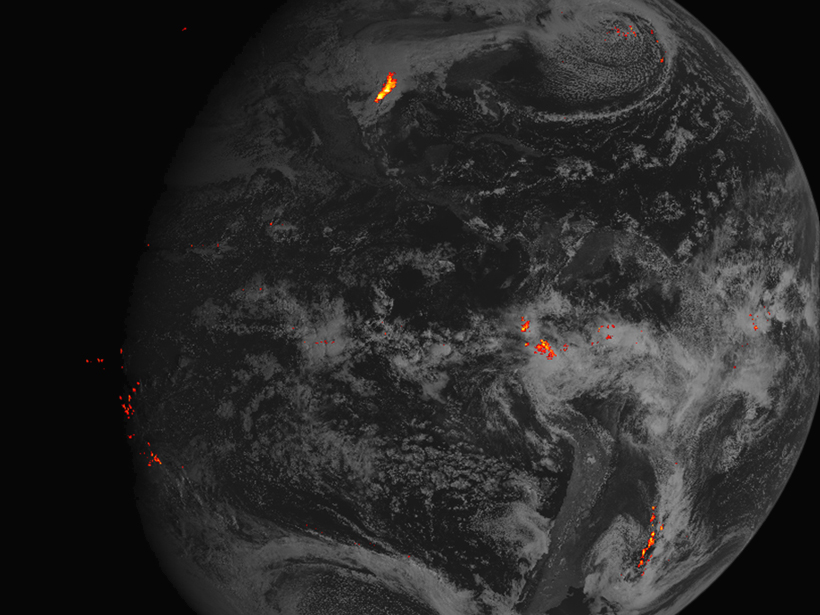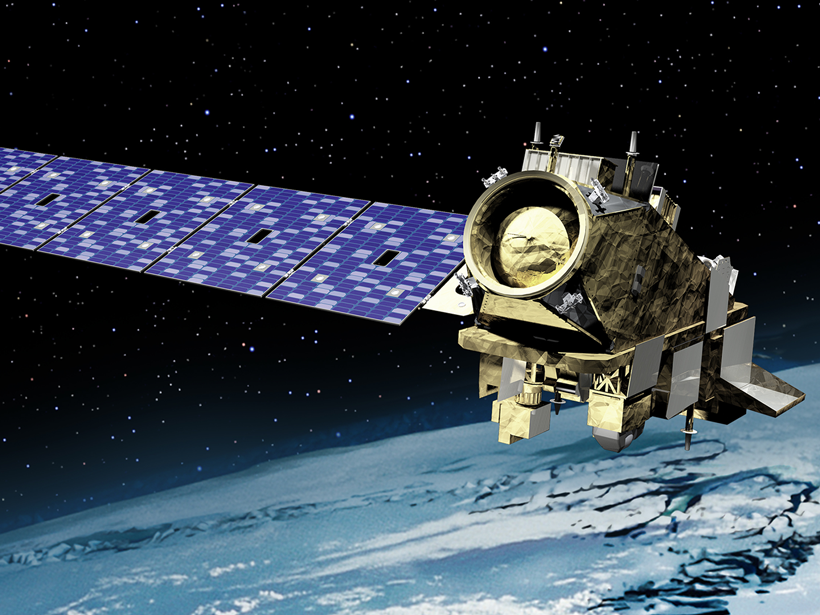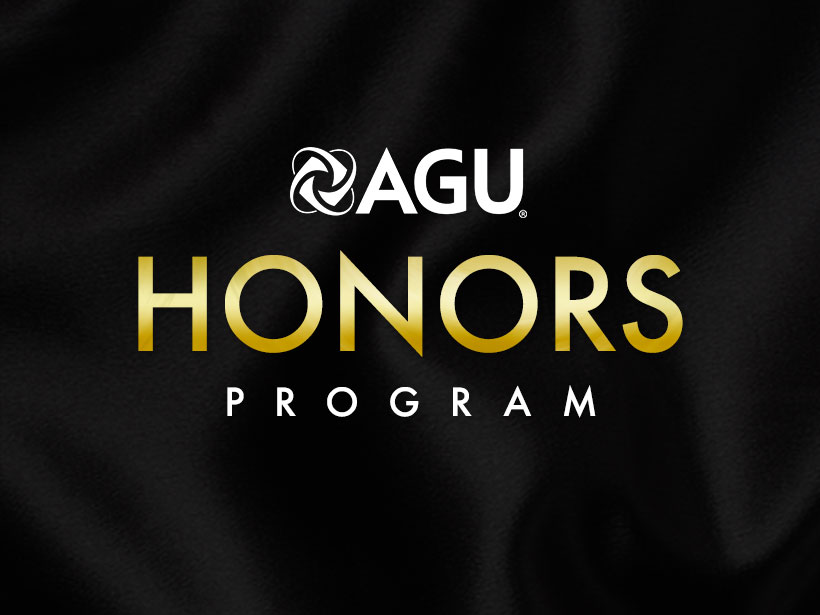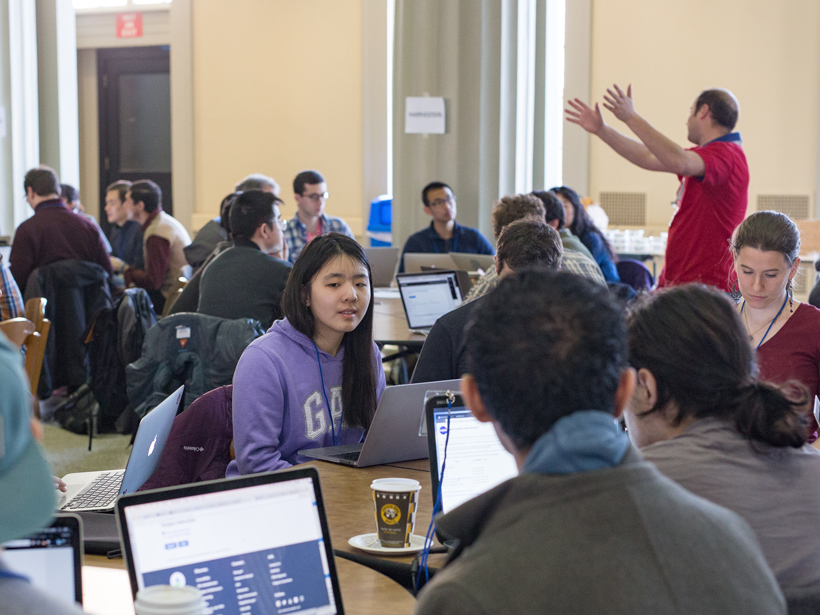UNOLS Deep Submergence Training Cruise 2016; Woods Hole, Massachusetts, 28 July to 7 August 2016
CC BY-NC-ND 2017
GOES-16 Satellite Lights Up Lightning Flashes in New Video
The satellite's lightning mapper instrument will help scientists forecast extreme weather.
Radio Science and Space Weather Now Available on IEEE Xplore
Two AGU journals are poised to reach a broader audience.
Polar Interlopers in the Aurora
A new study suggests that poleward boundary intensifications in the aurora are caused by fast flows of plasma from the poles into the auroral oval.
Possible Deep Cuts to NOAA Funding Worry Agency Supporters
The agency's acting administrator characterized the budget figures as preliminary and said NOAA is not being targeted.
Getting to Fair: Recognizing Implicit Bias and Easing Its Impact
Six tactics given below can counteract unconscious biases that unbeknownst to us, influence decisions such as whom we nominate and choose for honors and recognition.
Airline Flight Paths over the Unmapped Ocean
An assessment of ocean depth knowledge underneath commercial airline routes shows just how much of the seafloor remains "terra incognita."
On the Origin of Low-Angle Detachment Faults
Data from California's Whipple Mountains suggest this complex was formed by a succession of steep normal faults, challenging the paradigm that detachments are different types of faults.
Alteration Along the Alpine Fault Helps Build Seismic Strain
Detailed analysis of cores drilled through New Zealand's most dangerous on-land fault indicates that its permeability and strength are altered by mineral precipitation between seismic events.
Activists Set Out to Save Data, One Byte at a Time
Leaders of the DataRefuge movement hope that volunteer efforts across the country can stop government data from disappearing.

